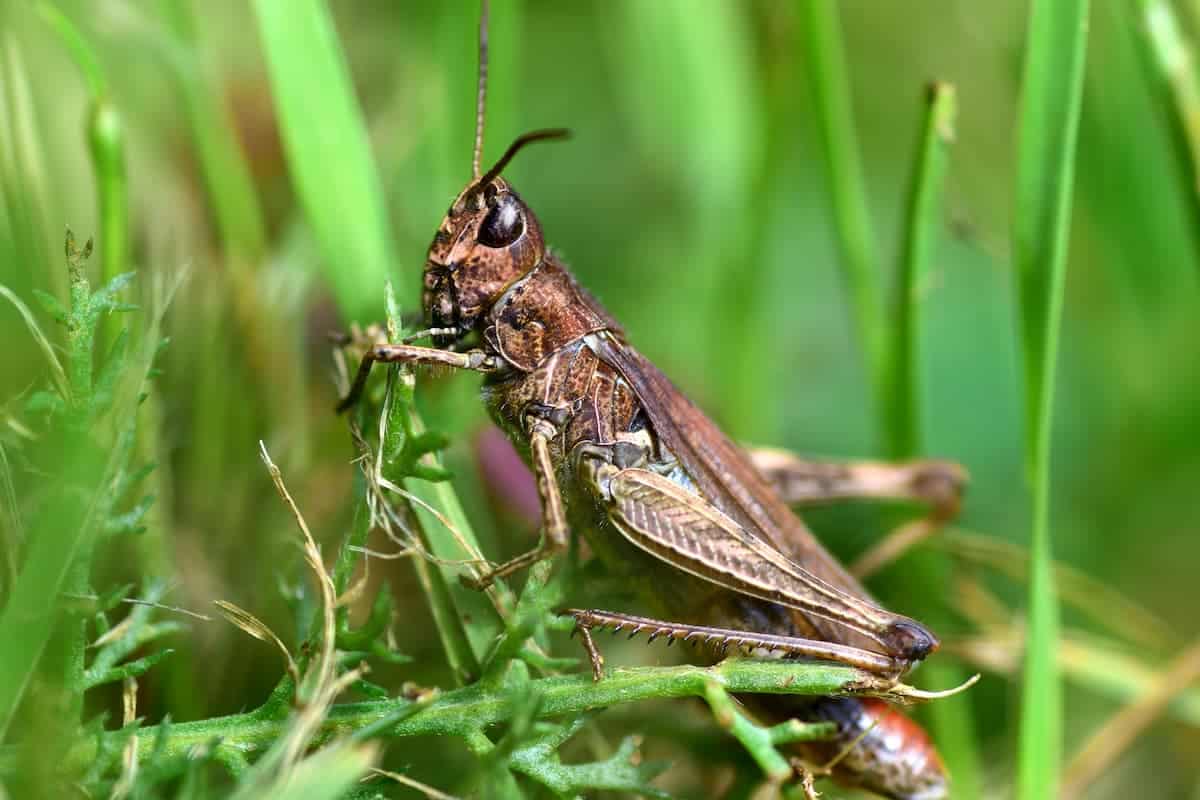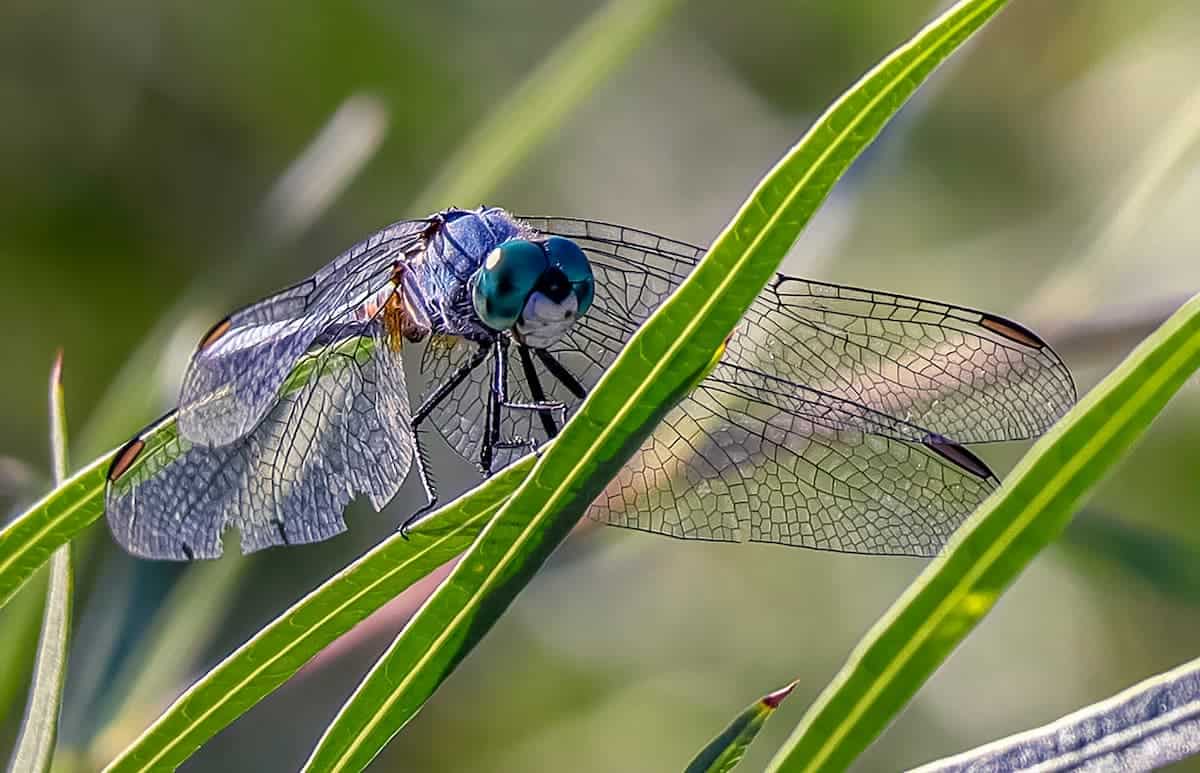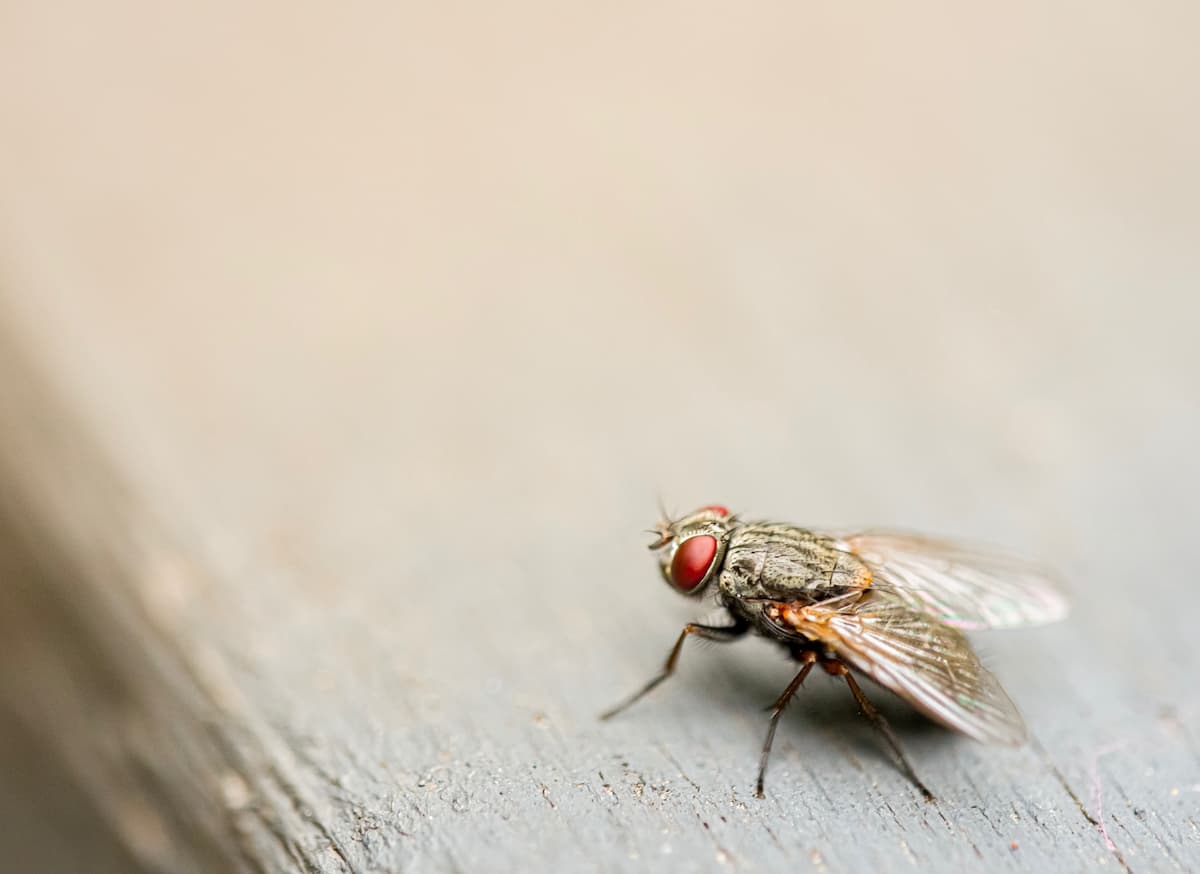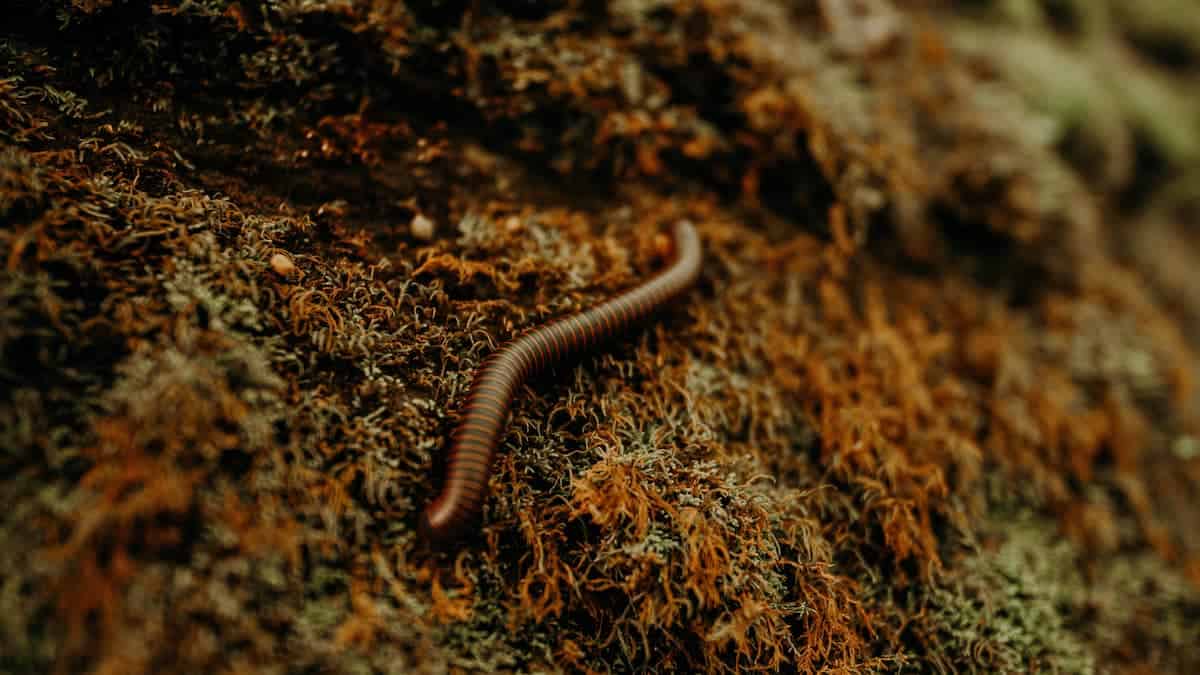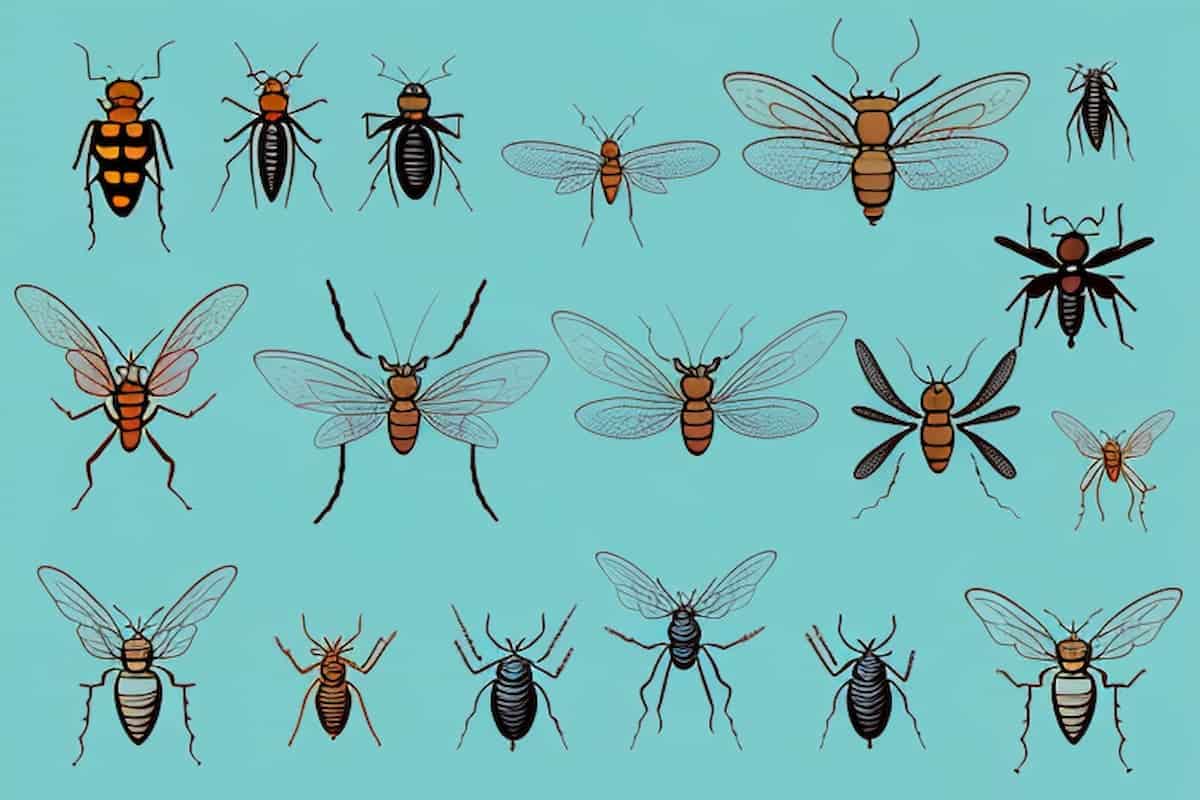Grasshoppers are usually solitary insects that you may find during the summer months and are famous for their long back legs, jumping abilities, and the loud sounds that they make. Locusts also belong to the grasshopper family and may be found in large groups of millions in some countries and across Africa. Despite looking similar, they are not related to crickets.
Grasshoppers and locusts are most active during the day and spend most of their time looking for food and eating – they can eat up to 16 times their body weight in a day. They are least active at night and, contrary to popular belief, do actually spend some of the night sleeping – though because they cannot close their eyes, it does not look like they are asleep!
But where do grasshoppers go to get their sleep? Though they do not sleep for long, grasshoppers have preferred locations where they like to sleep. So, let’s take a closer look at these locations.
Where do grasshoppers sleep?
Grasshoppers spend the vast majority of their time looking for a mate, looking for food, or eating. Most grasshoppers are solitary animals that live in long grasses and fields as their preferred foods are grass, leaves, and cereal crops like wheat and barley, though they can be found around the world from rainforests to deserts.
As grasshoppers have many predators ranging from birds to small mammals and rodents, snakes, lizards, frogs, and even other insects like spiders, they need to make sure that they find safe places to sleep when they need to rest.
When they do sleep at night, grasshoppers and locusts will make their way into the most dense patches of grass, leaves, or cereal in order to stay out of sight of predators. Once they are there, they cling to the surface and fall asleep – but not for very long. They are also capable of waking up very quickly in case of danger.
Grasshoppers may also sleep in bushes, trees, or other plants, using the leaves and branches to protect themselves from predators and the elements such as the baking sun or pouring rain.
Some grasshoppers may opt to sleep on the wing (that is, in the air) if weather conditions are particularly windy. The wind ensures that they remain airborne and are protected from predators that might otherwise gobble them up while they are sleeping.
Where do grasshoppers sleep in winter?
Grasshoppers don’t sleep during the winter – due to the fact that they cannot be found above ground at this time. In fact, grasshoppers are the adult form that we see and are only active during the summer for one month. These insects spend most of their lives as nymphs living underground. Therefore, when winter comes, ‘grasshoppers’ for that year are all dead having laid their eggs and started the next generation.
Where do grasshoppers sleep in captivity?
Grasshoppers are easily bred and kept in captivity. Not having to worry about predators, a vivarium set up with enough stems for them to cling on to is perfect for a grasshopper to find a place to sleep.
Conclusion
Grasshoppers do indeed sleep – even though they don’t look like they are sleeping and do not need much sleep every day to function. They most often live in more open areas of grassland and fields, where they eat leaves, grasses, and cereals. When it comes time to sleep, grasshoppers will make their way to the most dense area of foliage nearby and cling to whatever they can find in order to sleep for a short time. Grasshoppers will also sleep in captivity on the stems or branches of whatever plants you place into their vivarium.
Grasshoppers are only active during the summer, therefore, when the winter comes around, the adult grasshoppers are all dead. They will have laid eggs in the soil, where the next generation will hatch and live as nymphs until they emerge as adult grasshoppers the next summer.
